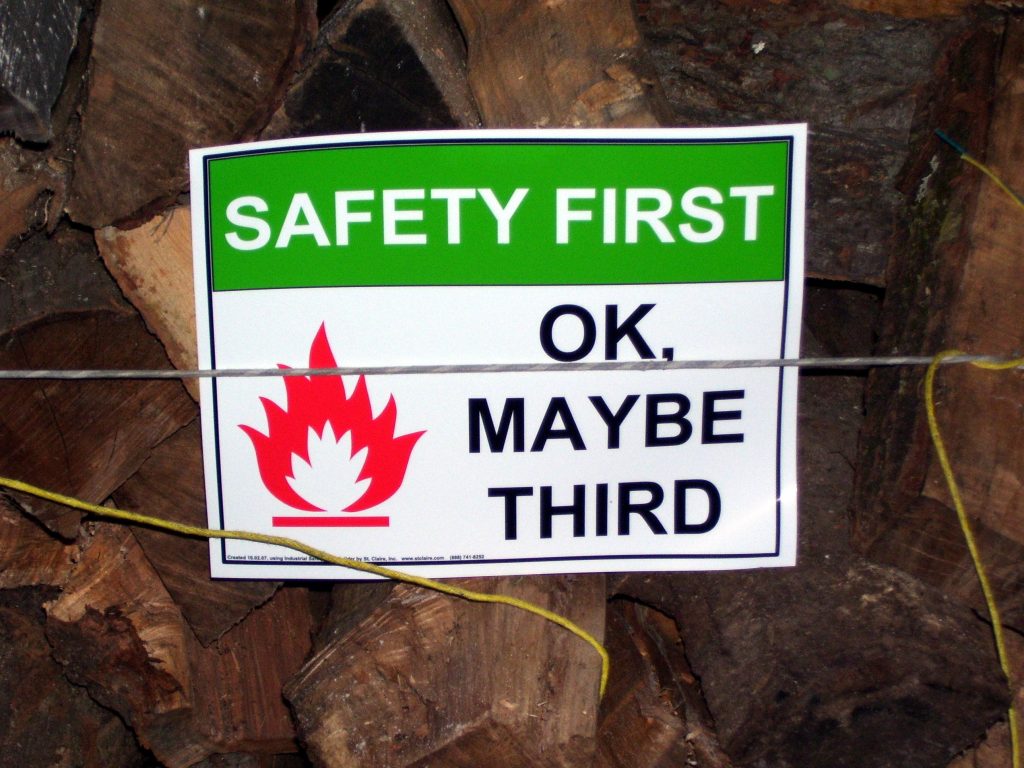The hot topic of diversity is not exclusive to schools and the workforce; it also exists in museums. At a Board of Directors meeting at Imagination Station, they discussed not only how to generate diversity in patronage, but how to generate more interest in the museum. When I was asked for my opinion, I was hard pressed to find a solution. After all, you can’t generate a diverse audience if they aren’t interested, but you can’t force interest either.
Imagination Station is nonprofit and runs entirely on volunteers. We do not have enough volunteers to do anything really fun and fancy to catch the eye of patrons, nor do we have the money to “buy off” uninterested employees with a paycheck as a business does. We are going to have to use more creative means than the traditional method of offering benefits on the side. To do this, I proposed to the Board that we do some marketing. We need to find out what topics these prospective patrons/students/volunteers are interested in and work them into the class curriculum, exhibits, and demos.
Part of our job at the museum is to cultivate the interest that brought them in to our museum in the first place. I think that the key is to begin by generating interest with the children. There is a greater chance of getting this more diverse crowd interested─ and thus a greater chance that later in life they will be become a more diverse workforce that is so much needed. These things are easier said than done, however. At the museum we face the challenge of safety, which takes the spontaneity out of just about anything that the public shows an interest in ─ which in turn makes them bored enough to turn away. An obvious example of this pertains to explosions and fire. They must be contained and kept small so that way no one and nothing gets hurt. A not so obvious example of this is the use of non-toxic chemicals for everything which limits our experiments to whatever will react with those ingredients.
There are more obscure safety questions as well that we must consider as well. One of the more recent questions of safety was centered around the use of play sand in the dinosaur dig. Sand is great because it’s cheap, it’s fun, and every kid loves to play in it. However, it makes a mess on the floor, and enough of it causes potential hazards for the adults walking over it, let alone the kids running through. A more insidious problem with using play sand was silicosis. Thus, we had to find a new, safer, alternative of wood pellets — which turned out to be just as problematic in similar ways. It turned out that toddlers often found the pellets an irresistible snack that they choked on. In the end, we are faced with the discussion of taking everyone’s favorite exhibit down for the sake of safety.
I could go on about the safety issues that museum teachers face, but it would drag on. It comes down to this: Generating interest in a diverse group of people is a difficult problem that will not be solved over night. The question I ask myself still is: “How can I do my part to excite the general public about science?” The answer isn’t clear how to balance safety and excitement yet, but I know it is going to take a lot of effort for a lot of people to step up to this challenge.
Featured image: Flicker, Phil! Gold
